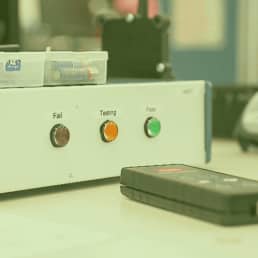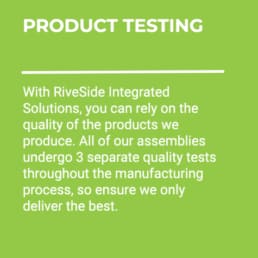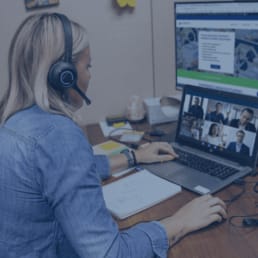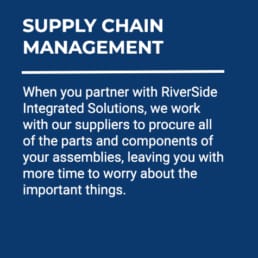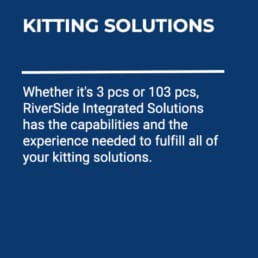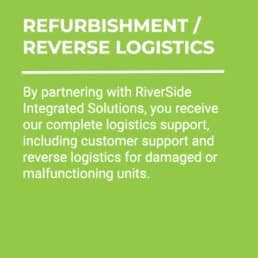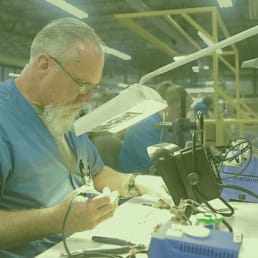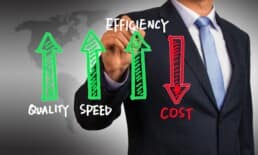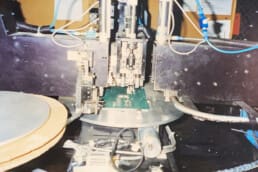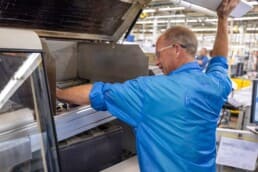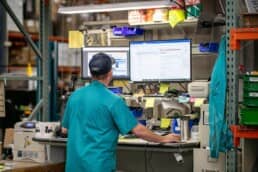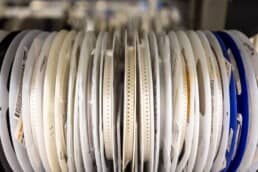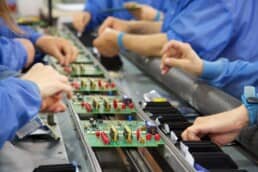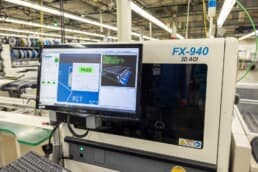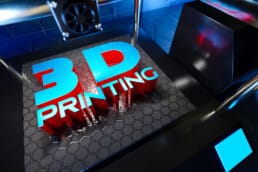Benefits of an Efficient Reverse Logistics Process
In a perfect world, your business would run like a well-oiled machine. Your sales team would receive orders, your production team would make and send them, and your customers would be happy. Unfortunately, things don’t always go according to plan.
Sometimes products get damaged during manufacturing or shipping, or customers aren’t satisfied with them. Dealing with these issues can be a significant challenge for any company that produces goods.
That’s why having a strong reverse logistics process in place is important. This can help you limit your costs and maintain revenue while ensuring your customers are satisfied.
Where Are All Your Products Going?
Manufacturers and retailers operate in different areas, but they have much in common regarding purchasing and ordering. However, some manufacturers struggle to manage returns efficiently, which can cause big problems.
When customers return products, it can reduce profits for manufacturers and retailers. There are a few reasons for this. You may be able to reuse or refurbish some items. Others, you might repack, while still others might be disposed of. All of these factors add up and cost a lot of money.
To fix this, companies can improve their reverse logistics process. This means identifying what can be reused or refurbished and creating jobs focusing on this. It also means finding ways to reduce shipping costs. And, if you can’t reuse the items, you’ll need to figure out what to do with them.
Overall, managing returns is vital for both manufacturers and retailers. By making the process more efficient, they can save money and increase profits.
THE OBVIOUS: FIXING THESE HELPS YOUR BOTTOM LINE
Cutting costs in the supply chain by going backward can increase your profits just like when going forward. For example, companies can save money by shipping refurbished items instead of brand-new products as replacements. This is what Apple does through its AppleCare program.
In some cases, technical support staff can repair equipment or solve problems. This helps reduce overall costs. The benefit of these cost-saving measures usually increases as the number of product orders increases.
For instance, say a company wants to expand its production process. If they expand and notice a higher rate of product failures, this could be very costly. But with an efficient reverse logistics process, the cost of solving that problem is less daunting.
This is especially true if a product is successful but requires extra attention to answer difficult repair questions.
ESTABLISHING A REVERSE SUPPLY CHAIN VS. OUTSOURCING
Depending on the size of your store, your employees may have to handle various tasks. This can be helpful when you’re just starting and need people to manage different things. However, as your company grows and you need more specialized roles, this flexibility can become problematic.
Creating systems for support, repair and reconditioning is time-consuming and costly. So is hiring the staff to run those new systems. While reverse logistics may look similar to forward logistics from the top down, the work is very different. They require employees with different skills.
In the end, many companies turn to outsourcing their reverse logistics to help save time and money.
About RiverSide Integrated Solutions
RIS is an advanced contract manufacturer providing robust solutions in circuit board assembly and product assembly. We employ more than 350 people and provide services to OEMs worldwide. We operate two state-of-the-art manufacturing facilities within the US.
With all of the choices in contract manufacturers out there, we know it can be challenging to find someone who understands your business model and has your best intentions in mind. RIS has always proven to be a win-win-focused relationship.
As your one-stop shop, we have the capabilities, capacity, quality assurance standards and resources to support all of your manufacturing needs. We understand that supply chain management is complex and very time-consuming, so we urge our customers to utilize us in the fullest capacity.
Our total-package solutions include:
- Extensive supply-chain network
- Full box-build assembly
- Dedicated Program Team
- Warehousing, kitting and drop-shipping capabilities
- Reverse logistics
- Flexible order fulfillment
- Scalability to meet your needs
Contact us today at (507) 523-3220 to see how we can help with your manufacturing project, or click contact us for a quote.



